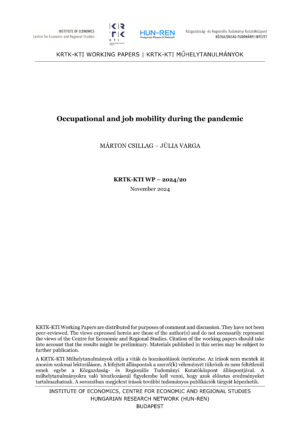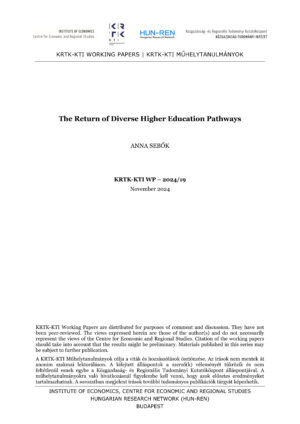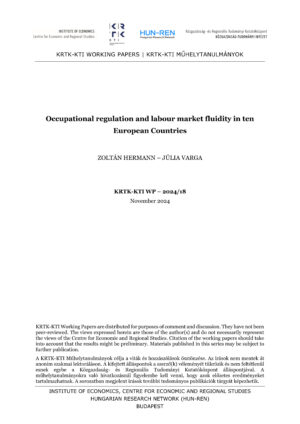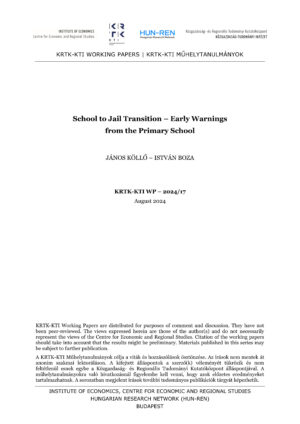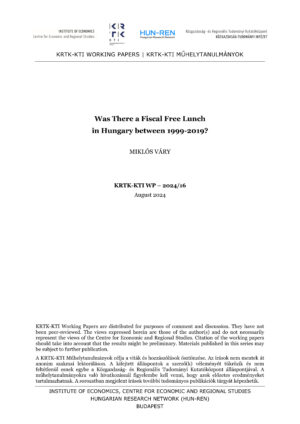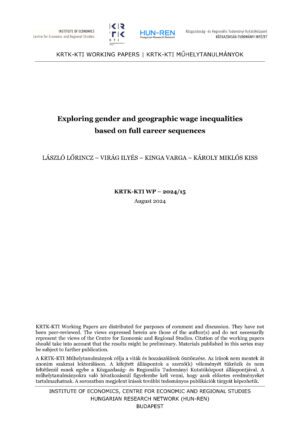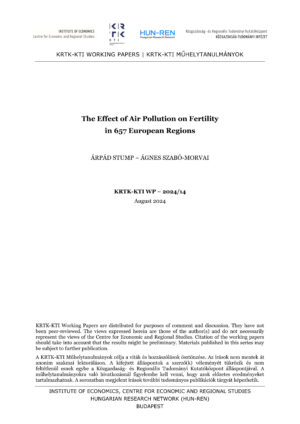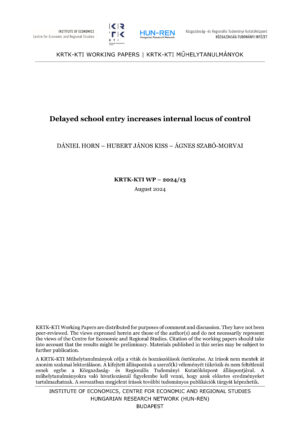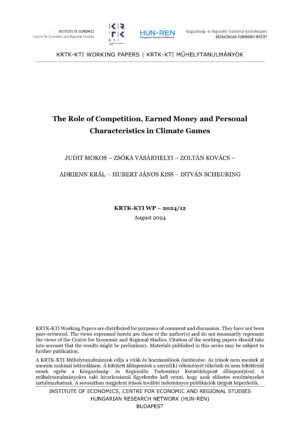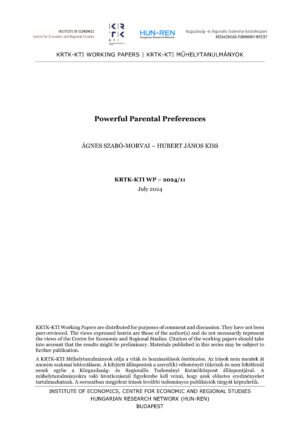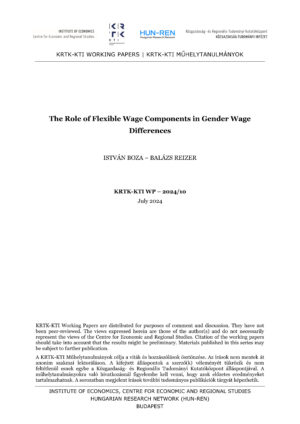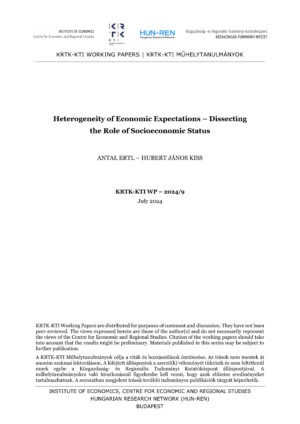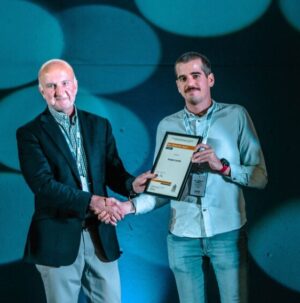Using individual-level EU-LFS data from nine European countries, this study analyses how the probability of occupational and job mobility has changed in the first year of the COVID pandemic in nine European countries compared to previous years. We show that the probability of leaving a job increased slightly, and the probability of changing occupations and moving between jobs decreased, although the latter effect was less pronounced. If we distinguish between employment changes within the firm and employment changes related to job changes, the probability of the former type of employment changes has decreased and the latter type has remained unchanged. These results are consistent with previous studies on the impact of the economic crisis on job and occupational mobility. The impact of the pandemic was heterogeneous across countries, with Hungary a massive outlier. This is likely due to the belated and strict conditions of the job retention scheme there.
